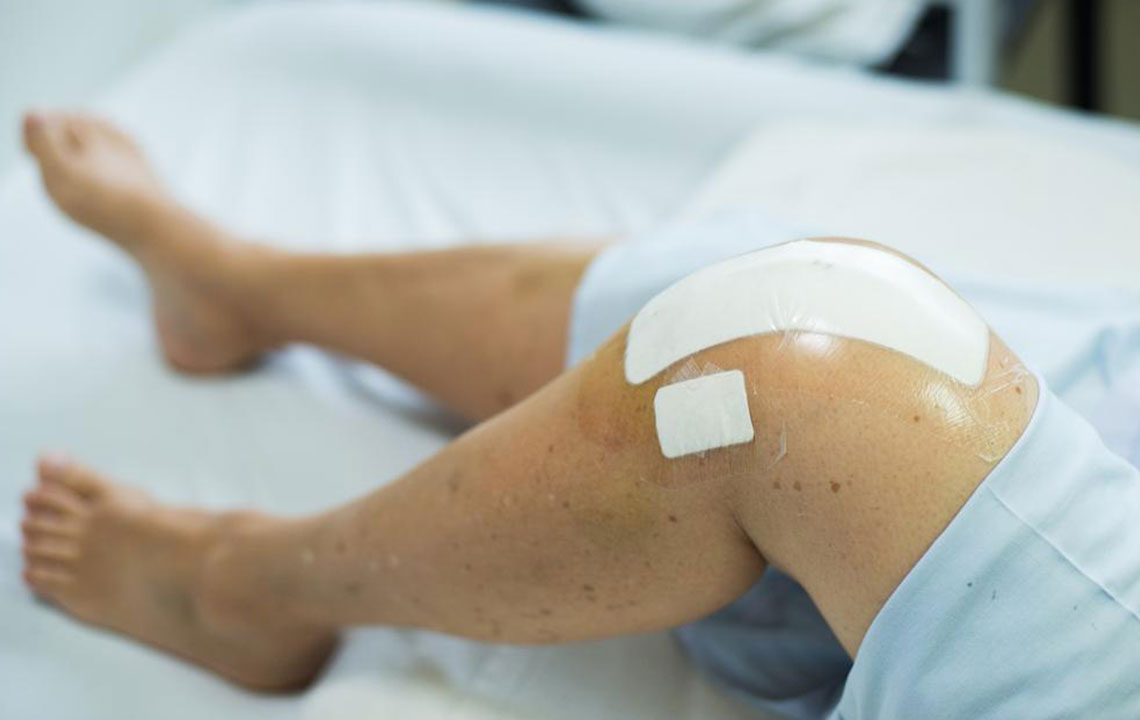Comprehensive Guide to Meniscus Injury Recovery Times and Treatment Options
This comprehensive guide explores the treatment options and recovery times associated with meniscus injuries. Learn about different surgical procedures, factors influencing healing, and tips for optimal recovery to help patients better understand their healing journey after knee cartilage tears.

Understanding Recovery Periods and Treatment Methods for Meniscus Tears
The human body's joints, cartilage, muscles, and ligaments work synergistically to facilitate movement and stability. Among these structures, cartilage plays a vital role by acting as a cushion that absorbs shock and reduces friction between bones during physical activity. When the cartilage in the knee, specifically the meniscus, sustains a tear, it can lead to painful symptoms and limit mobility.
The meniscus, a crescent-shaped piece of cartilage in the knee joint, serves as a stabilizer and shock absorber. It is susceptible to different types of injuries, including radial tears, horizontal splits, flap tears, and degenerative changes often associated with aging or wear and tear. Recognizing the severity and type of meniscal tear is crucial for determining the optimal treatment method and estimating recovery time.
Effective management of meniscus injuries involves various treatment modalities ranging from conservative approaches like physical therapy and medications to surgical procedures. Recovery timelines vary significantly depending on multiple factors, such as the specific intervention performed, patient’s age, body weight, pre-injury activity level, and overall health condition.
Understanding post-treatment recovery durations is essential for setting realistic expectations:
The chosen treatment method largely determines the healing timeline.
Variables such as age, body weight, pre-injury activity level, and overall health significantly influence the recovery period.
Arthroscopic surgery, a common minimally invasive procedure, typically requires approximately six weeks for the knee to regain full function and fluid balance.
Although arthroscopic procedures may entail a longer recovery period, they generally offer notable advantages over other surgical options:
Partial Meniscectomy: This procedure involves removing the damaged portion of the meniscus. Patients usually experience recovery in about two weeks and are often able to resume light activities or sports within 3 to 4 weeks. Returning to high-impact sports or strenuous activity typically takes approximately 6 to 8 weeks, depending on individual healing.
Meniscus Repair Surgery: This technique involves stitching the torn meniscus back together to promote healing. Recovery usually spans around 3 to 4 weeks, with many patients returning to daily routines earlier. Full reintegration into sports or physical activities may require additional time, generally 2 to 3 months, emphasizing the importance of adhering to postoperative guidelines.
For a tailored recovery plan, consulting with experienced medical professionals and reviewing testimonials from other patients can provide valuable insights. Each case is unique, and understanding personal prognosis assists in setting appropriate expectations and planning effective rehabilitation strategies.
Biological factors, surgical techniques, and individual health all play a role in determining the duration and success of recovery. A comprehensive approach and proper adherence to rehabilitation protocols are essential to ensure optimal healing and return to normal activity levels after a meniscal injury.



